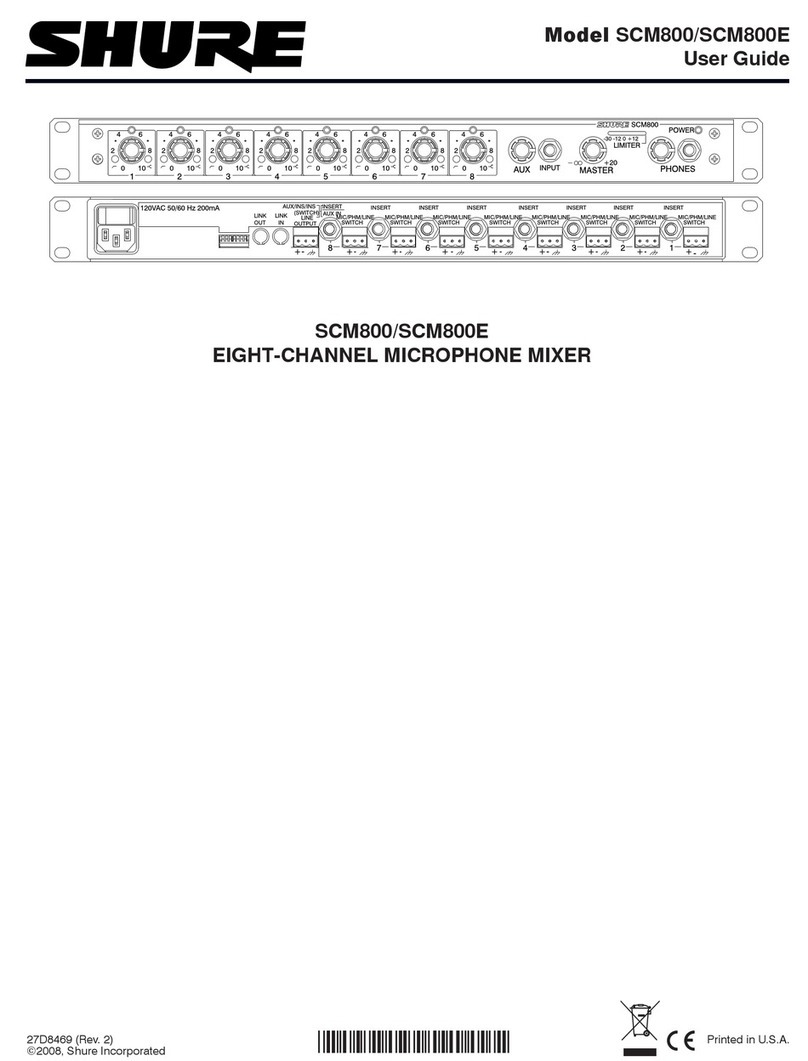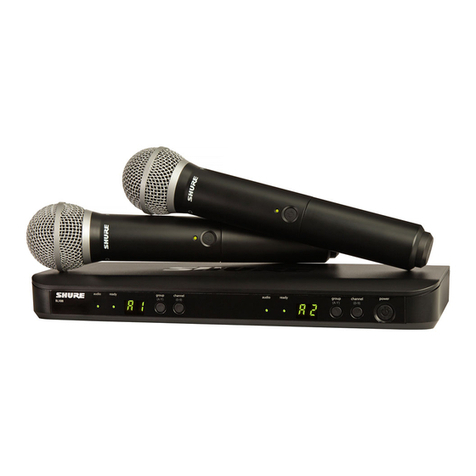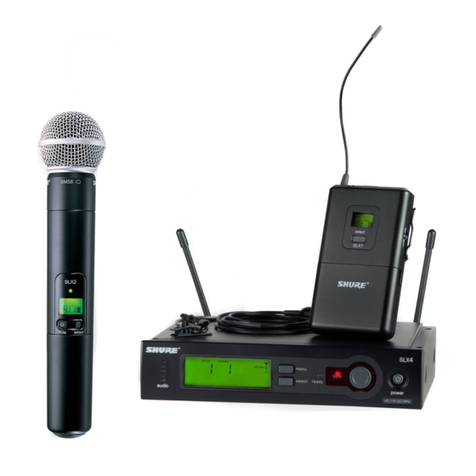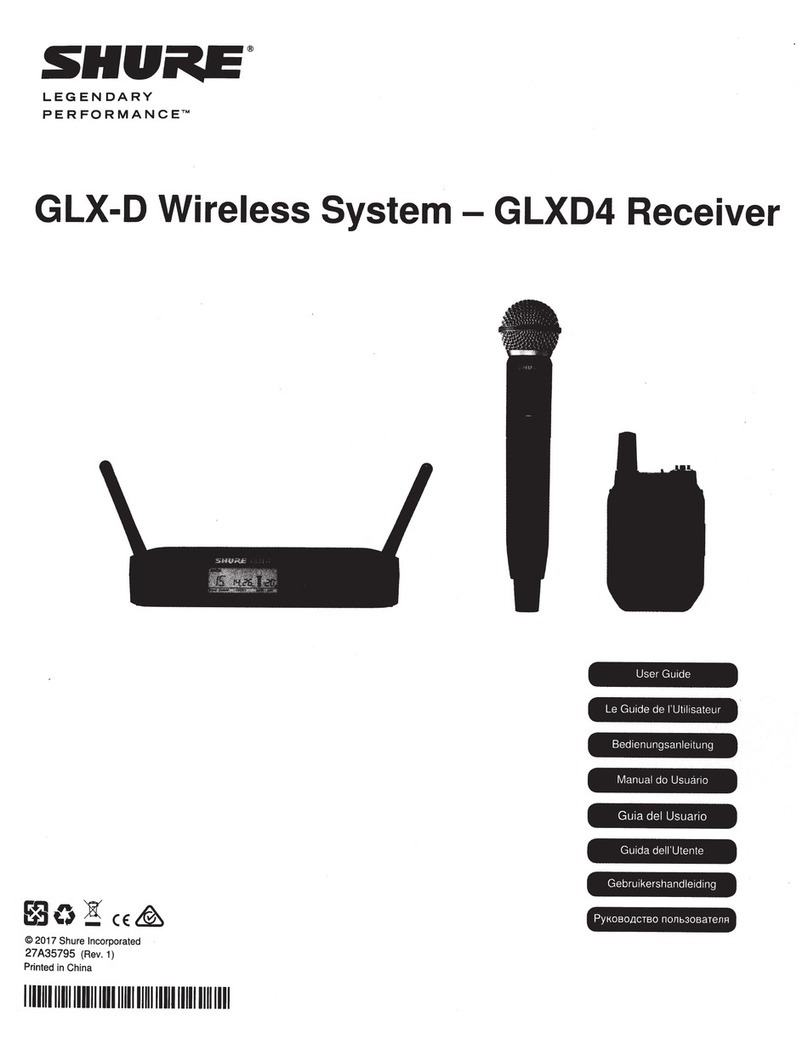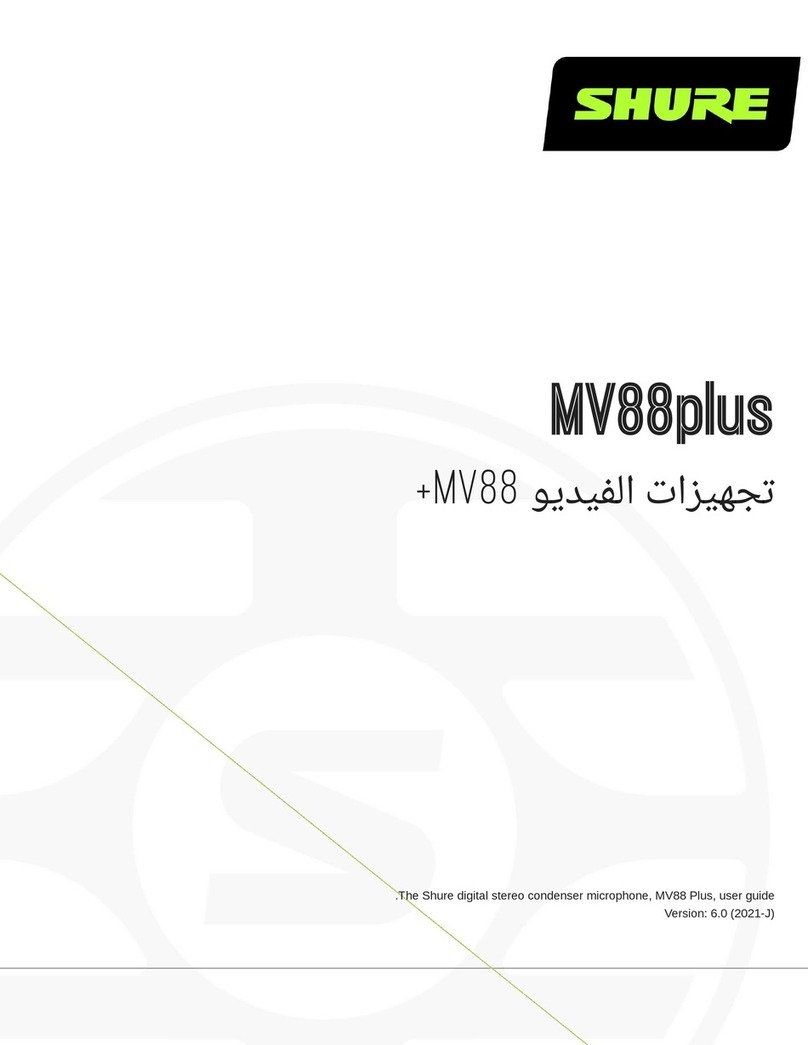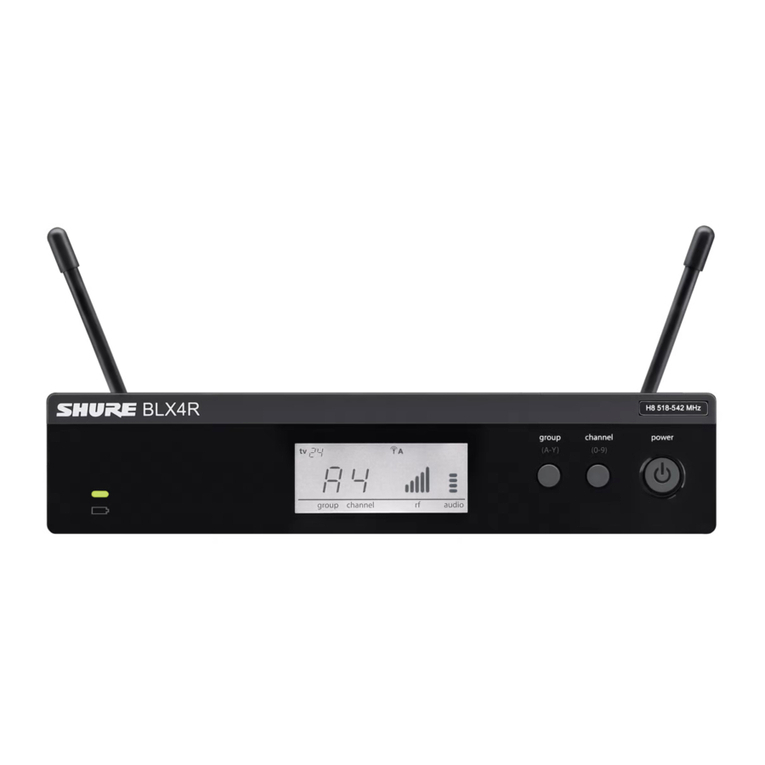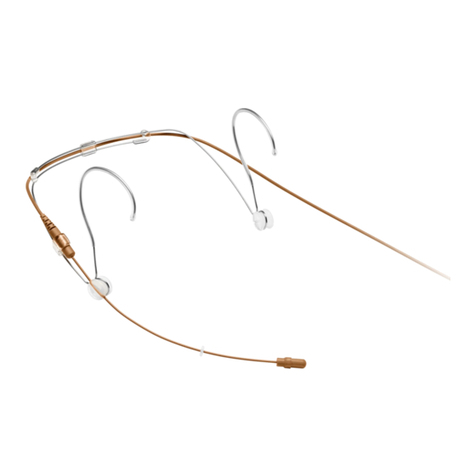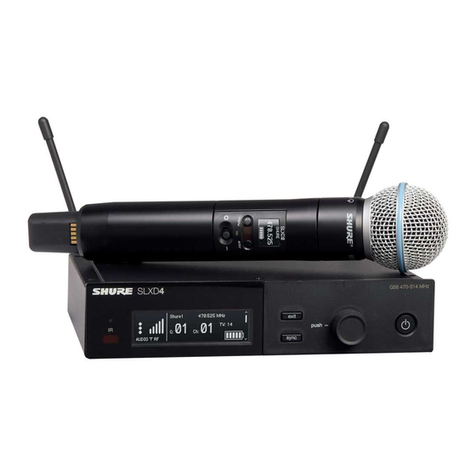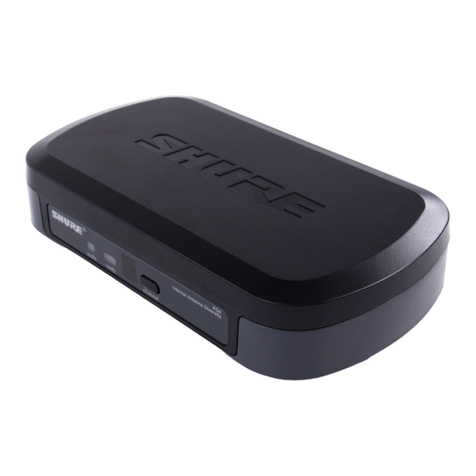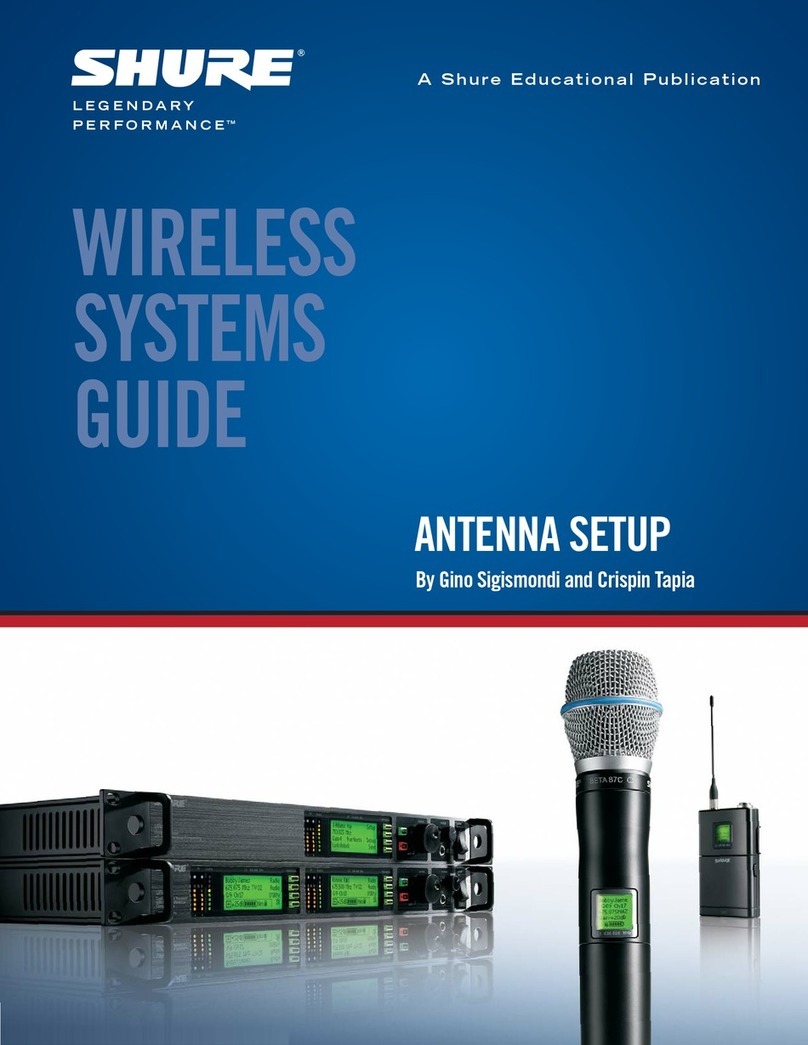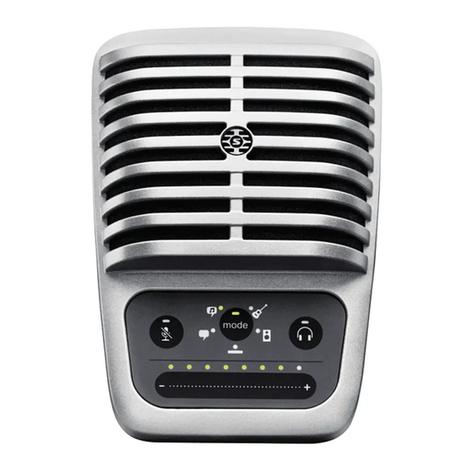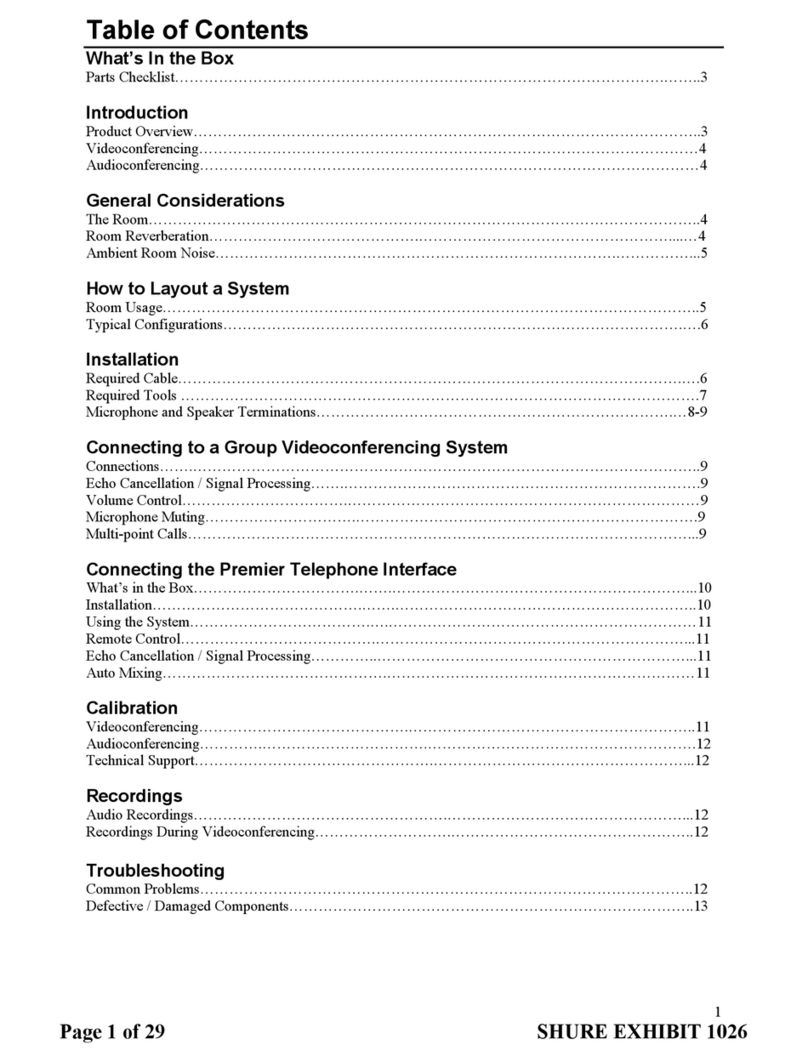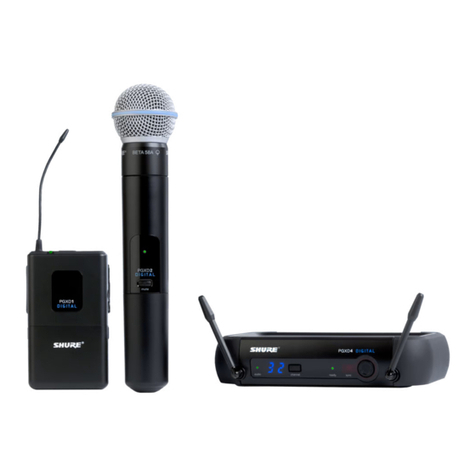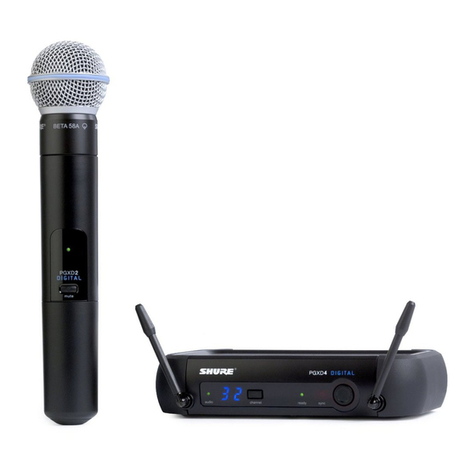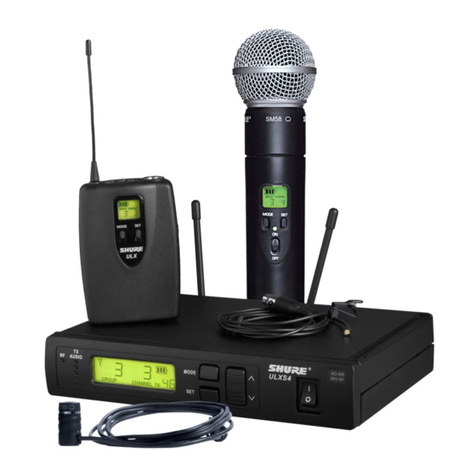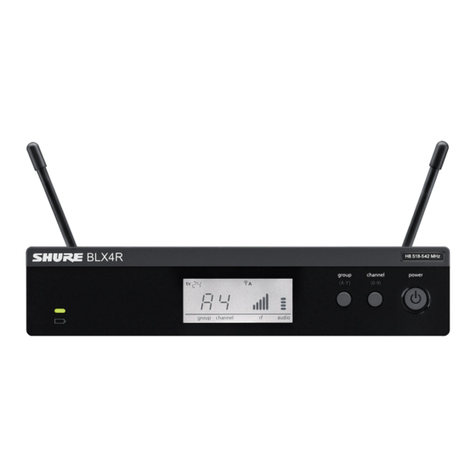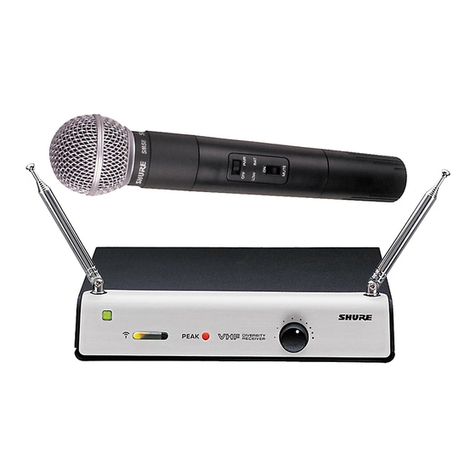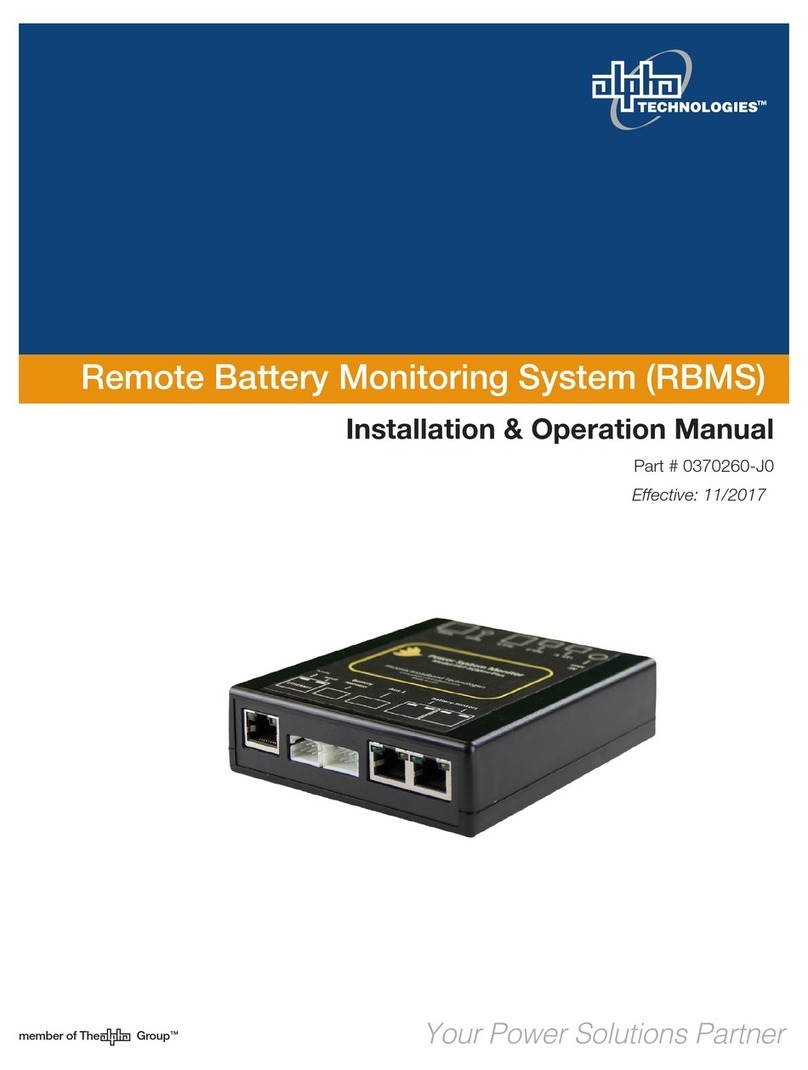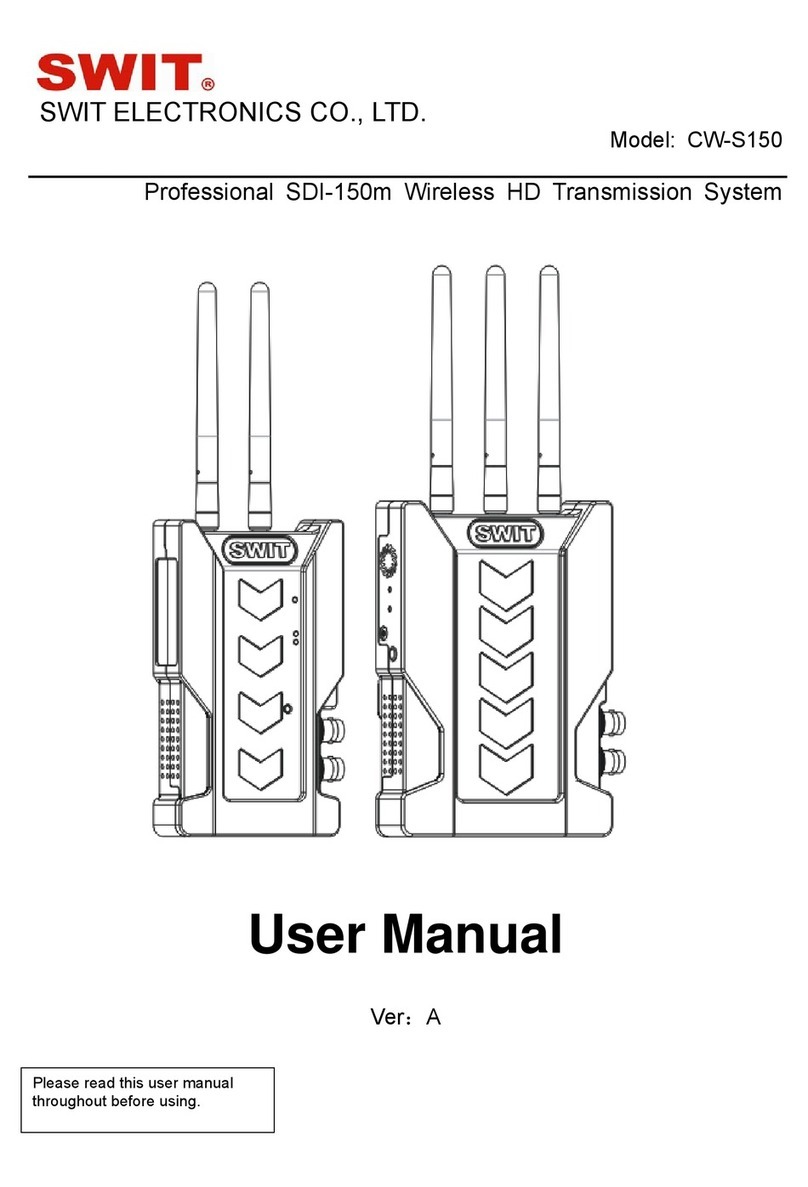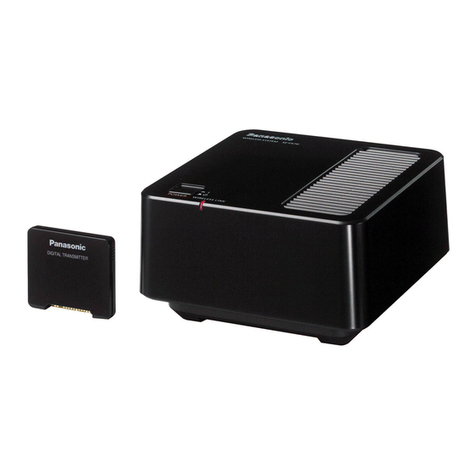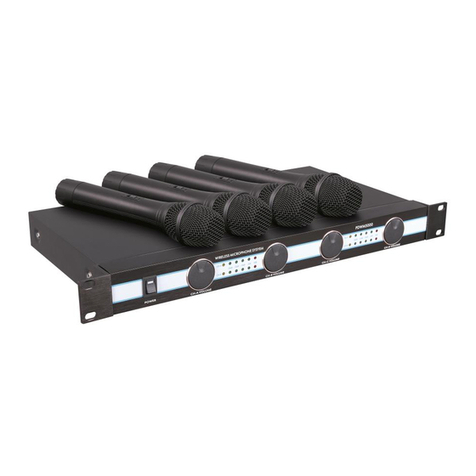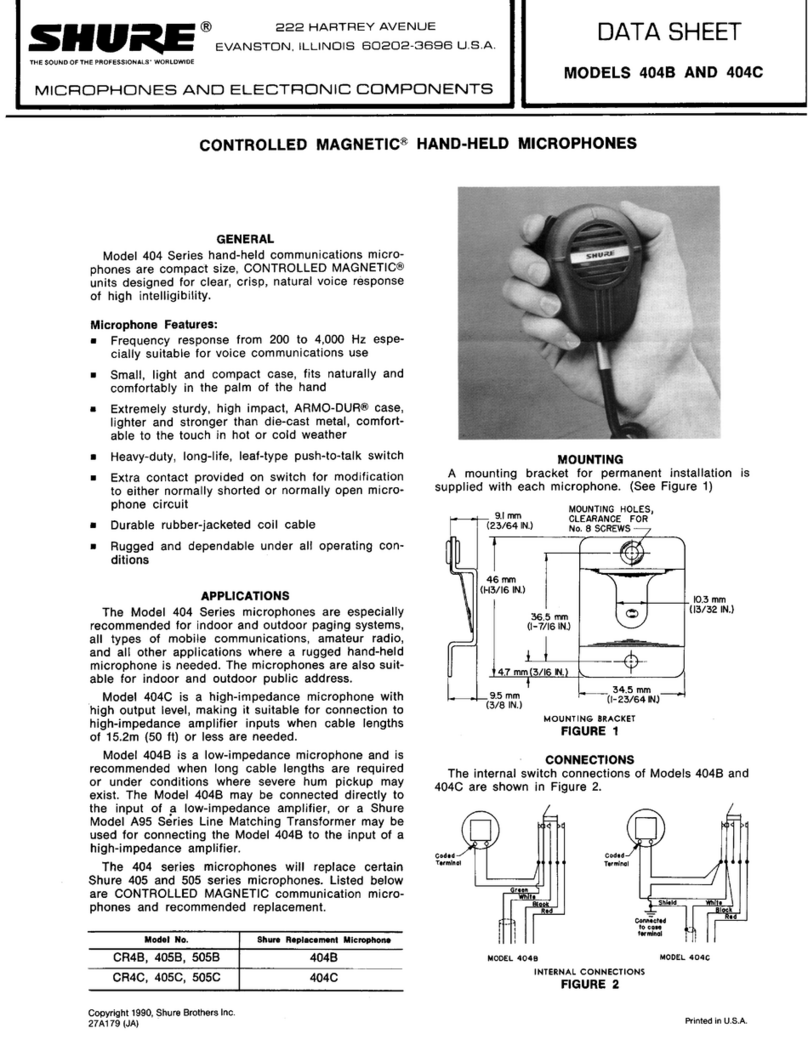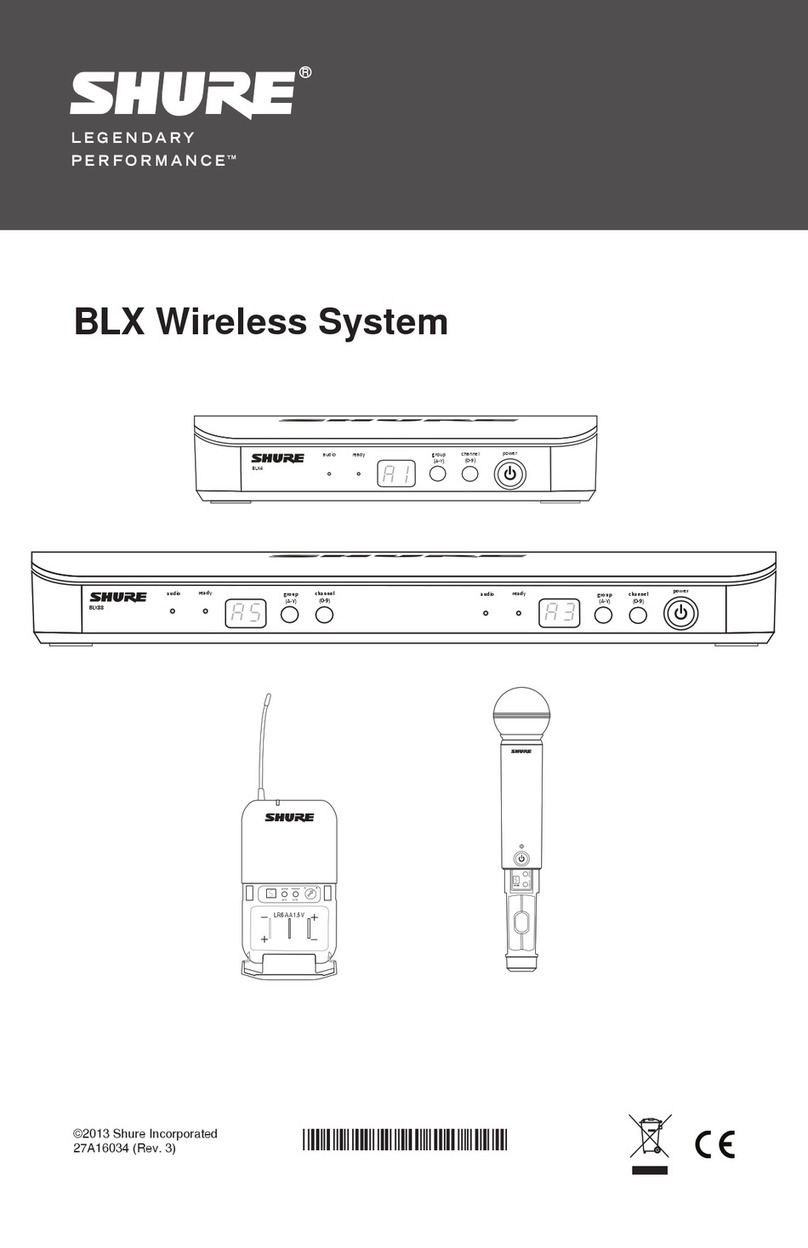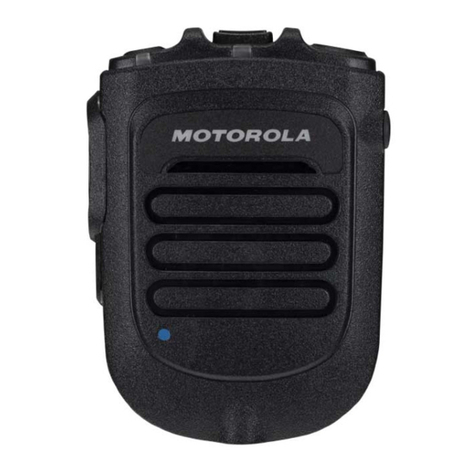
iii
AVERTISSEMENT !
L'ÉCOUTE AUDIO À UN VOLUME SONORE EXCESSIF PEUT CAUSER DES LÉSIONS
AUDITIVES PERMANENTES. RÉGLER LE VOLUME LE PLUS BAS POSSIBLE.
Une surexposition à des volumes sonores excessifs peut causer des lésions aux oreilles
entraînant une perte auditive permanente due au bruit. Se conformer aux directives ci-dessous,
établies par l'Occupational Safety Health Administration (OSHA) pour les limites de durée
d'exposition aux pressions acoustiques (SPL) avant de risquer des lésions auditives.
SPL de 90 dB
pendant 8 heures
SPL de 95 dB
pendant 4 heures
SPL de 100 dB
pendant 2 heures SPL de 105 dB
pendant 1 heure
SPL de 110 dB pen-
dant 1/2 heure
SPL de 115 dB
pendant 15 minutes
SPL de 120 dB
À éviter : risque de lésions auditives
WARNING!
LISTENING TO AUDIO AT EXCESSIVE VOLUMES CAN CAUSE PERMANENT HEARING
DAMAGE.
USE AS LOW A VOLUME AS POSSIBLE.
Over exposure to excessive sound levels can damage your ears resulting in permanent noise-
induced hearing loss (NIHL). Please use the following guidelines established by the Occupational
Safety Health Administration (OSHA) on maximum time exposure to sound pressure levels before
hearing damage occurs.
90 dB SPL
at 8 hours
95 dB SPL
at 4 hours
100 dB SPL
at 2 hours
105 dB SPL
at 1 hour
110 dB SPL
at ½ hour
115 dB SPL
at 15 minutes
120 dB SPL
Avoid or damage may occur
ACHTUNG!
MÖGLICHST GERINGE LAUTSTÄRKEPEGEL VERWENDEN.
Längerfristiges Hören bei übermäßigen Schallpegeln kann zu Hörschäden und zu
permanentem, durch Lärm verursachten Gehörverlust führen. Bitte orientieren Sie sich
an den folgenden von der Occupational Safety Health Administration (OSHA; US-
Arbeitsschutzbehörde) erstellten Richtlinien für die maximale zeitliche Belastung durch
Schalldruckpegel, bevor es zu Hörschäden kommt.
bei 90 dB
Schalldruckpegel
max. 8 Stunden
bei 95 dB
Schalldruckpegel
max. 4 Stunden
bei 100 dB
Schalldruckpegel
max. 2 Stunden
bei 105 dB
Schalldruckpegel
max. 1 Stunde
bei 110 dB
Schalldruckpegel
max. ½ Stunde
bei 115 dB
Schalldruckpegel
max. 15 Minuten
120 dB Schalldruckpegel
vermeiden; ansonsten können Schäden
auftreten
ADVERTENCIA
EL ESCUCHAR REPRODUCCIONES DE AUDIO A NIVELES EXCESIVOS DE VOLUMEN
PUEDE CAUSAR DAÑOS PERMANENTES AL OIDO. USE EL VOLUMEN MAS BAJO
POSIBLE.
La exposición prolongada a niveles sonoros excesivamente intensos puede dañar los oídos y
causar una pérdida permanente del oído causada por ruidos. Respete los lineamientos dados
a continuación, los cuales fueron establecidos por la Administración de Salud y Seguridad
Ocupacional (OSHA) de los EE.UU. e indican el tiempo máximo que puede escucharse un
nivel determinado de presión sonora (SPL) antes de producirse daños al oído.
90 dB SPL
por 8 horas
95 dB SPL
por 4 horas
100 dB SPL
por 2 horas
105 dB SPL
por 1 hora
110 dB SPL
por 1/2 hora
115 dB SPL
por 15 minutos
120 dB SPL
Evítese por completo, puesto que puede
causar daños inmediatos
SAFETY PRECAUTIONS
The possible results of incorrect use are marked by one of the two symbols
- “WARNING” AND “CAUTION” - depending on the imminence of the danger
and the severity of the damage.
WARNING: Ignoring these warnings may cause severe injury or death
as a result of incorrect operation.
CAUTION: Ignoring these cautions may cause moderate injury or prop-
erty damage as a result of incorrect operation.
WARNING
• If water or other foreign objects enter the inside of the device, fire or
electric shock may result.
• Do not attempt to modify this product. Doing so could result in personal
injury and/or product failure.
CAUTION
• Never disassemble or modify the device, as failures may result.
• Do not subject to extreme force and do not pull on the cable or failures
may result.
• Keep the microphone dry and avoid exposure to extreme temperatures
and humidity.
WARNING: This product contains a chemical known to the State of California to cause cancer and
birth defects or other reproductive harm
PRÉCAUTIONS DE SÉCURITÉ
Les résultats possibles d'une utilisation incorrecte sont signalés par l'un des deux
symboles - AVERTISSEMENT et ATTENTION - selon l'imminence du danger et
la sévérité des dommages.
AVERTISSEMENT : L'ignorance de ces avertissements peut causer des
blessures graves ou la mort suite à une utilisation incorrecte.
ATTENTION: L'ignorance de ces mises en garde peut causer des bles-
sures modérées ou des dégâts matériels suite à une utilisation incorrecte.
AVERTISSEMENT
• Si de l'eau ou autres matériaux étrangers pénètrent dans l'appareil, il y a
risque d'incendie ou de choc électrique.
• Ne pas essayer de modifier ce produit. Une telle opération est susceptible
d'entraîner des blessures ou la défaillance du produit.
ATTENTION
• Ne jamais désassembler ou modifier cet appareil sous peine de provoquer
des défaillances.
• Ne pas soumettre le câble à des forces extrêmes et ne pas tirer dessus sous
peine de provoquer des défaillances.
• Maintenir le microphone sec et éviter de l'exposer à des températures
extrêmes et à l'humidité.
Die möglichen Folgen des fehlerhaften Gebrauchs, die durch eines der
beiden Symbole - „ACHTUNG“ und „VORSICHT“ - markiert sind, hängen von
der Unmittelbarkeit der bevorstehenden Gefahr und des Schweregrads der
Beschädigung ab.
ACHTUNG: Die Nichtbeachtung dieser Warnhinweise kann schwere oder
tödliche Verletzungen infolge des fehlerhaften Gebrauchs verursachen.
VORSICHT: Die Nichtbeachtung dieser Vorsichtshinweise kann mittel-
schwere Verletzungen oder Sachschäden infolge des fehlerhaften
Gebrauchs verursachen.
ACHTUNG
• Falls Wasser oder andere Fremdstoffe/-körper in das Gerät gelangen, kann es
zu Bränden oder Stromschlägen kommen.
• Nicht versuchen, dieses Produkt zu modifizieren. Ansonsten könnte es zu
Verletzungen und/oder zum Produktausfall kommen.
VORSICHT
• Das Gerät nie auseinanderbauen oder modifizieren, da dies zu Ausfällen
führen kann.
• Keinen extremen Kräften aussetzen und nicht am Kabel ziehen, da dies zu
Ausfällen führen kann.
• Das Mikrofon trocken halten und keinen extremen Temperaturen oder
extremer Luftfeuchtigkeit aussetzen.
SICHERHEITSVORKEHRUNGEN
PRECAUCIONES DE SEGURIDAD
Los posibles resultados del uso incorrecto de este producto se denotan por
medio de uno de dos símbolos - “ADVERTENCIA” y “PRECAUCION” - según la
inminencia del peligro y el grado de severidad de los daños.
ADVERTENCIA: Si se pasan por alto estas advertencias se podría causar
lesiones graves o mortales como resultado del uso incorrecto.
PRECAUCION: Si se pasan por alto estas precauciones se podría causar
lesiones moderadas y daños a la propiedad como resultado del uso
incorrecto.
ADVERTENCIA
• Si el agua u otros objetos extraños penetran el dispositivo, se podría causar
un incendio o sacudidas eléctricas.
• No intente modificar este producto. Hacerlo podría causar lesiones
personales y/o la falla del producto.
PRECAUCION
• Nunca desarme ni modifique el dispositivo, ya que esto podría causar fallas.
• No someta el aparato a fuerzas extremas ni tire de su cable, ya que esto
podría causar fallas.
• Mantenga el micrófono seco y evite exponer el aparato a niveles extremos de
temperatura y humedad.
